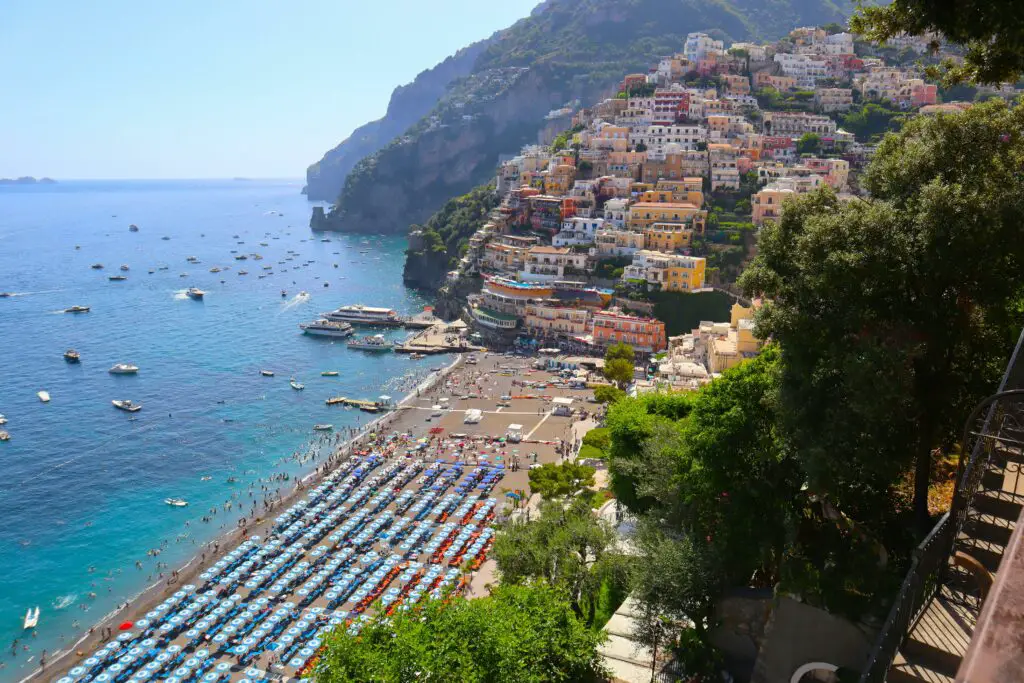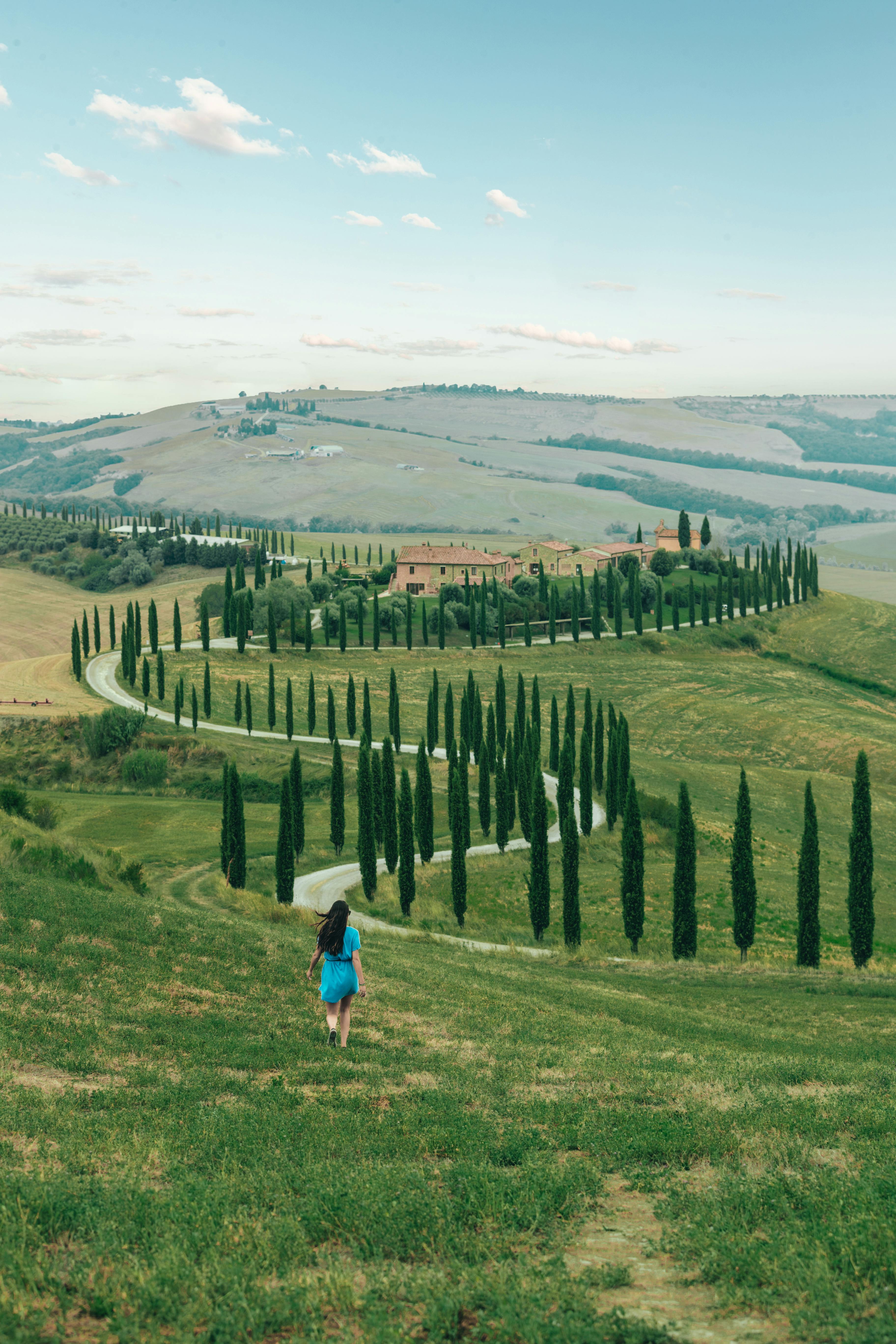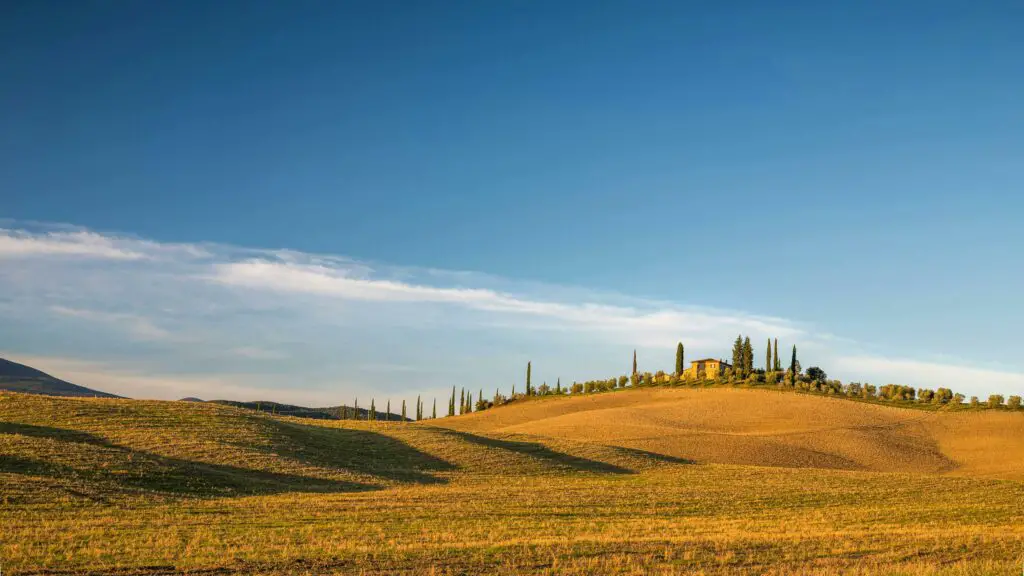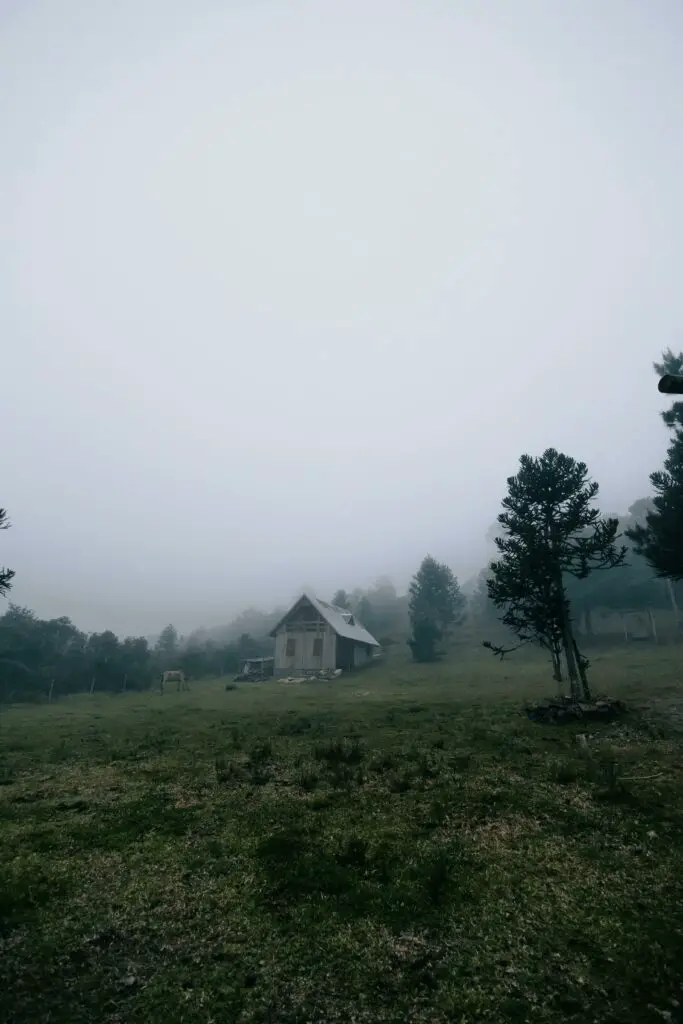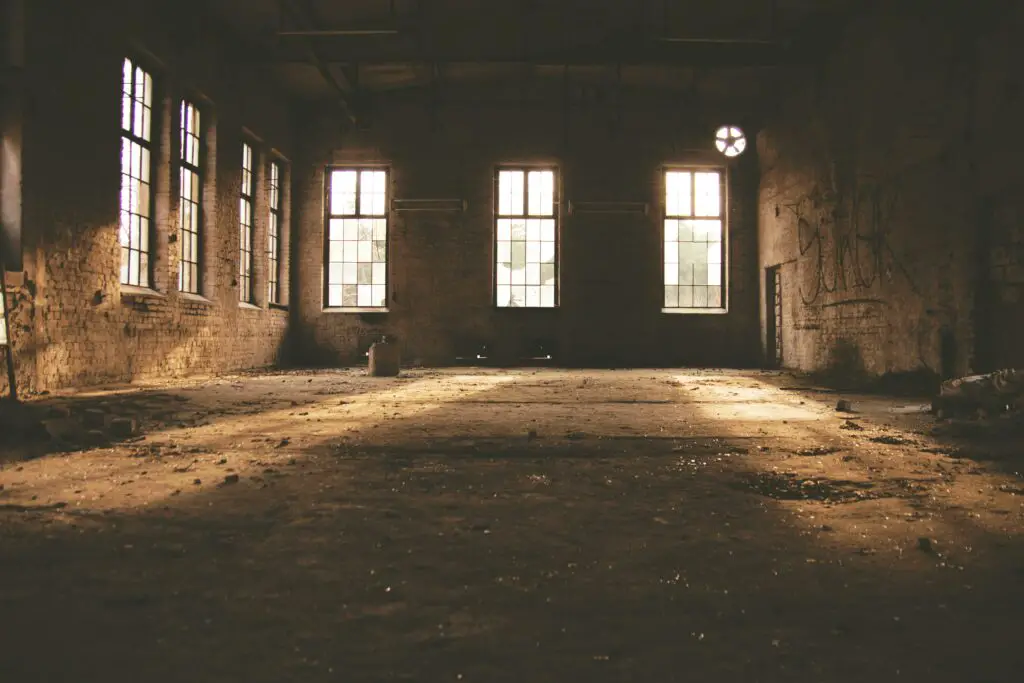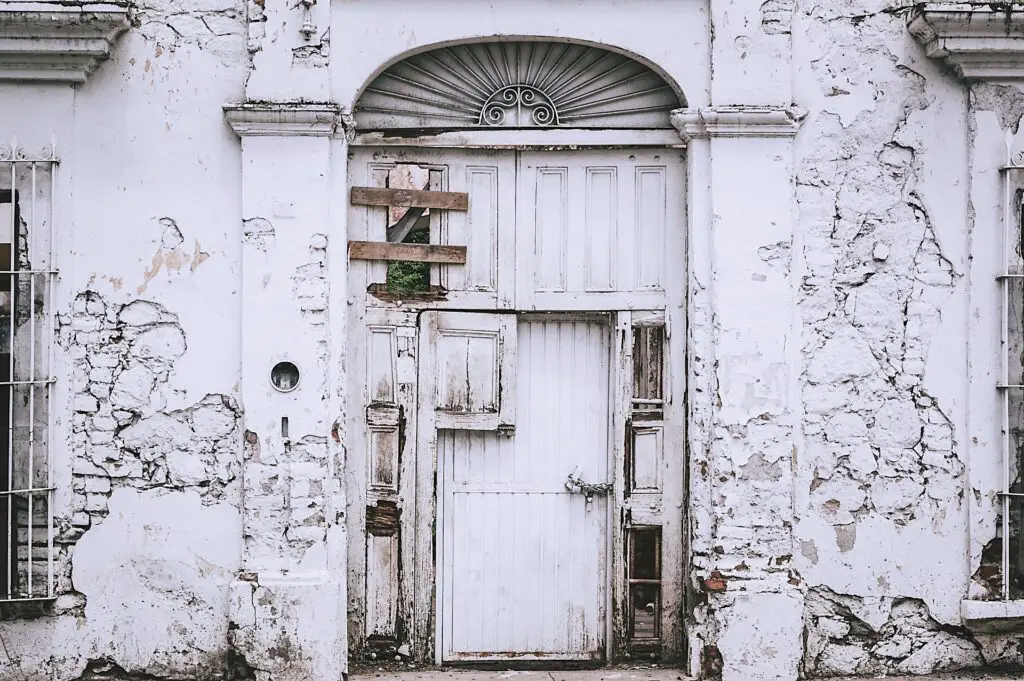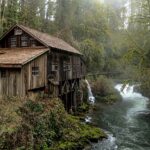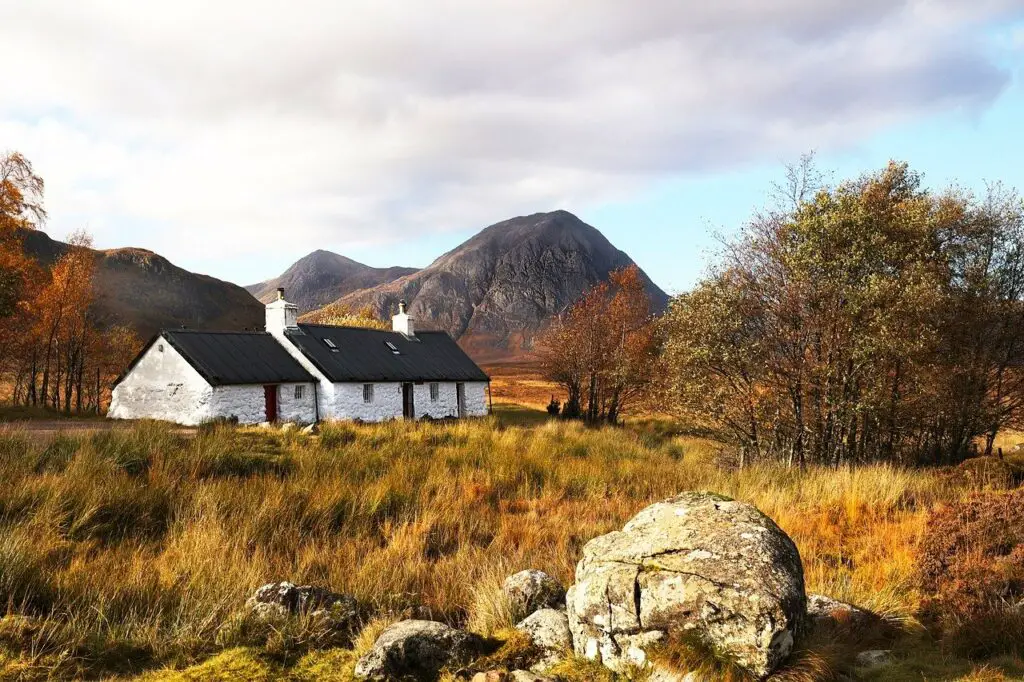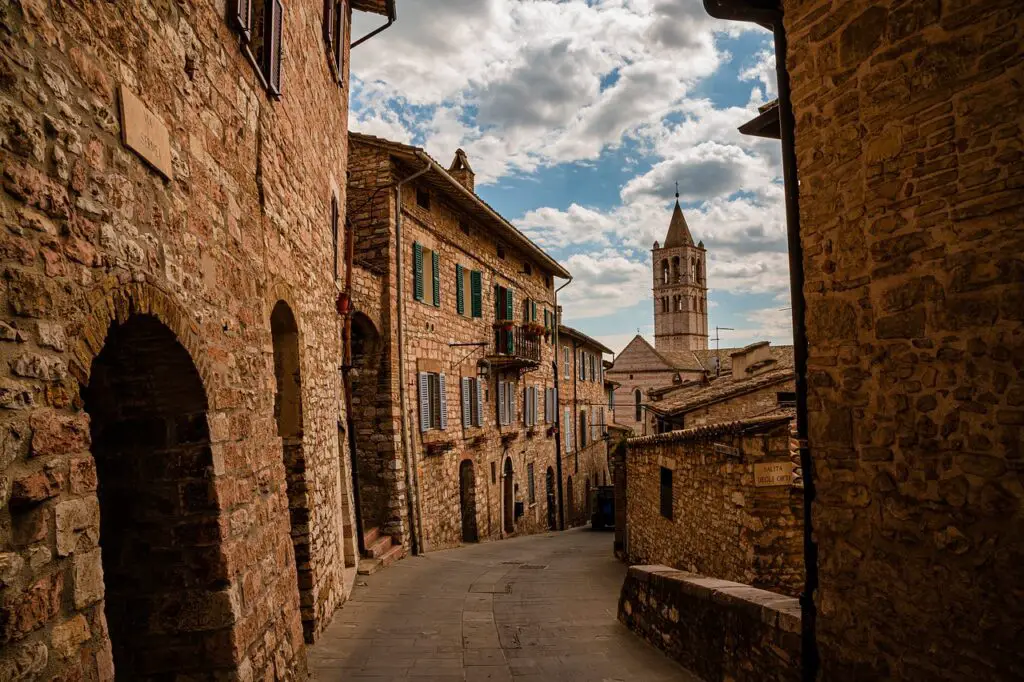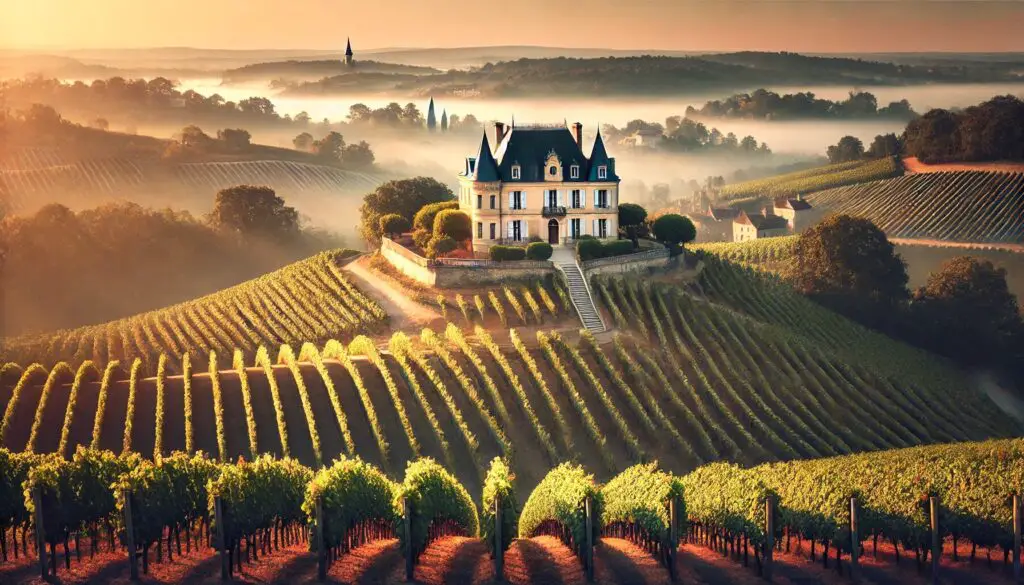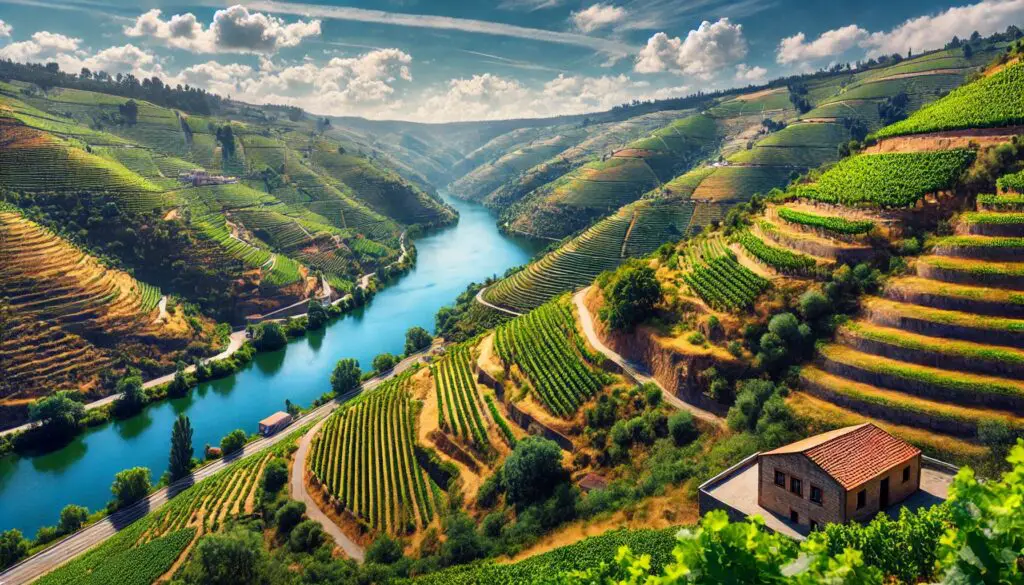The U.S. housing landscape is changing. Fast. While headlines tend to spotlight national averages, the reality on the ground is far more regional. Some areas are cooling after years of sharp price gains. Others — especially overlooked cities and “refuge markets” — are quietly attracting buyers and investors who want affordability, stability, and long-term potential.
This article takes a look at what 2026 may bring, where Americans are moving, and why certain markets are emerging as safe havens for capital — even while traditional “hot markets” cool.
What Is a “Refuge Market,” and Why Does It Matter?
A refuge market is a location that becomes attractive when buyers are priced out of major metros or seek relief from high living costs, taxes, congestion, or regulatory pressure. In other words, the places people go when somewhere else becomes too expensive to stay.
Characteristics of emerging refuge markets:
- Median home values are significantly below the national average
- Relatively strong local job market or economic diversification
- Population inflows from other U.S. regions
- Growing rental demand
- Infrastructure or redevelopment projects underway
- Lifestyle advantages — space, nature, lower stress
These markets are not necessarily booming yet — and that is the appeal. They offer entry-level pricing, long-term appreciation potential, and stronger cash-flow ratios for rental investors.
Why the U.S. Market Is Fragmenting in 2026
National housing data suggests moderate price growth. But beneath the surface, a geographic reshuffling is underway.
Key forces driving the fragmentation:
| Factor | Influence |
|---|---|
| High mortgage rates | Push buyers to cheaper metros |
| Work-from-home policies | Enable relocation outside coastal cities |
| Tax differences between states | Impact long-term affordability |
| Aging infrastructure in large metros | Drives lifestyle-based migration |
| Investor capital chasing yield | Favors Midwest & Southeast |
Simply put, the question is no longer whether to buy, but where.
The Great Migration Continues: Who Is Leaving Where?
Population data shows ongoing outbound migration from:
- California
- New York
- Illinois
- New Jersey
- Massachusetts
Meanwhile, inbound migration is climbing in:
- Tennessee
- Texas
- Florida
- Ohio
- Alabama
- North Carolina
This movement mirrors affordability — but also emerging sentiment: many Americans want more space, a lower cost of living, and a community that feels sustainable.
Top U.S. Refuge Markets to Watch in 2026
Below is an analytical snapshot of markets gaining attention — based on affordability, recent population inflow, investor sentiment, and job growth.
| Market | State | Median Home Price Estimate (2026) | Population Trend | Investment Appeal |
|---|---|---|---|---|
| Toledo | Ohio | ~$165,000 | Strong inbound from coastal states | Low entry price, high rental demand |
| Huntsville | Alabama | ~$310,000 | Rapid growth, tech & aerospace jobs | Stable rents, job-driven economy |
| Chattanooga | Tennessee | ~$295,000 | Increasing migration from Atlanta & Florida | Nature + affordability |
| Omaha | Nebraska | ~$295,000 | General stability, family migration | Yield-friendly single-family market |
| Scranton | Pennsylvania | ~$190,000 | Quiet inflow | Remote-work urban-escape demand |
| Des Moines | Iowa | ~$280,000 | Steady growth | Predictable economy & rents |
Prices are directional estimates based on current market trajectories; actual values vary by neighborhood.
These are not the flashy names on real estate billboards. And that is why they hold opportunity — especially for investors who think long-term.
To browse current U.S. properties for sale, visit:
👉 https://www.all-real-estate.com/properties-by-country/usa
Why These Markets Appeal to Investors
If you compare a median-priced coastal property to a Midwest refuge market, the math speaks for itself.
Example:
- Median California home price: ~$785,000
- 20 % down payment = $157,000
- Typical rent-to-value ratio: ~3–4 %
Versus:
- Median Toledo property: ~$165,000
- 20 % down payment = $33,000
- Rent-to-value ratio: ~7–9 %
Outcome: a Midwest investment often pays itself back faster and feeds steady cash flow — even if appreciation happens slowly.
This mirrors investor strategies seen globally — such as the rise of “budget-benefit markets,” similar to the Italian regions mentioned in Where to Buy Italy Real Estate Cheap – Top 5 Regions for Budget Buyers.
In other words: affordability creates its own gravity — whether in Europe or the U.S.
Macro Outlook for U.S. Housing in 2026
Economists expect only modest national growth in home prices, due to high financing costs moderating demand. But slowing does not mean stopping.
Drivers shaping 2026:
- Higher mortgage rates than the pre-2022 era
- Continued limited housing supply
- Large demographic demand from Millennials & Gen-Z forming households
- Corporate investors narrowing their buying strategy to yield-friendly regions
- Developers favoring rental-focused builds over for-sale units
The market is transitioning from speculative acceleration to data-based selectivity.
What Should Buyers Do in 2026?
If you’re researching where to buy in the U.S., begin with your objective — lifestyle or return.
Ask:
- Do I want cash flow or appreciation?
- Am I living in the property or renting it out?
- Do I want a large city or a community-based town?
- Is climate risk a factor in my decision?
Practical steps:
- Compare rent-to-price ratios in at least three markets
- Check economic anchors (universities, airports, factories)
- Study zoning policy — growth-friendly towns often outperform
- Consider buying where new infrastructure is planned
Browse available options across price points here:
👉 https://www.all-real-estate.com/
What Should International Investors Know?
International buyers face additional considerations — financing, management, and tax implications among them. But the U.S. remains attractive because:
- Clear title systems and legal protections exist
- English-language process simplifies transactions
- Rental demand remains strong in major job hubs
- Property can be purchased fully remotely with assistance
Investors buying from outside the U.S. often pair a refuge-market strategy with risk diversification by acquiring multiple inexpensive homes rather than one expensive asset.
The Connection to Global Value-Seeking Trends
Global real estate behavior is shifting in parallel.
- U.S., buyers leave coastal metros for affordability
- In Europe, international buyers explore Italy’s budget regions
- Asia, remote-work hubs expand near secondary cities
We are witnessing a worldwide recalibration, where cost-to-quality-of-life ratios matter more than glamour.
Conclusion: Refuge Markets Are Not a Trend — They Are a Strategy
In 2026, the smartest real estate decisions will not be based on national statistics or emotional reactions. They will be based on location-specific analysis, economic fundamentals, and alternative choices often overlooked by the mainstream buyer.
The U.S. is no longer simply “hot” or “cold.” It is fragmented, regional, and full of niches. For many, refuge markets offer the clearest path to:
- Affordable entry
- Sustainable ownership
- Predictable rental income
- Long-term upside





